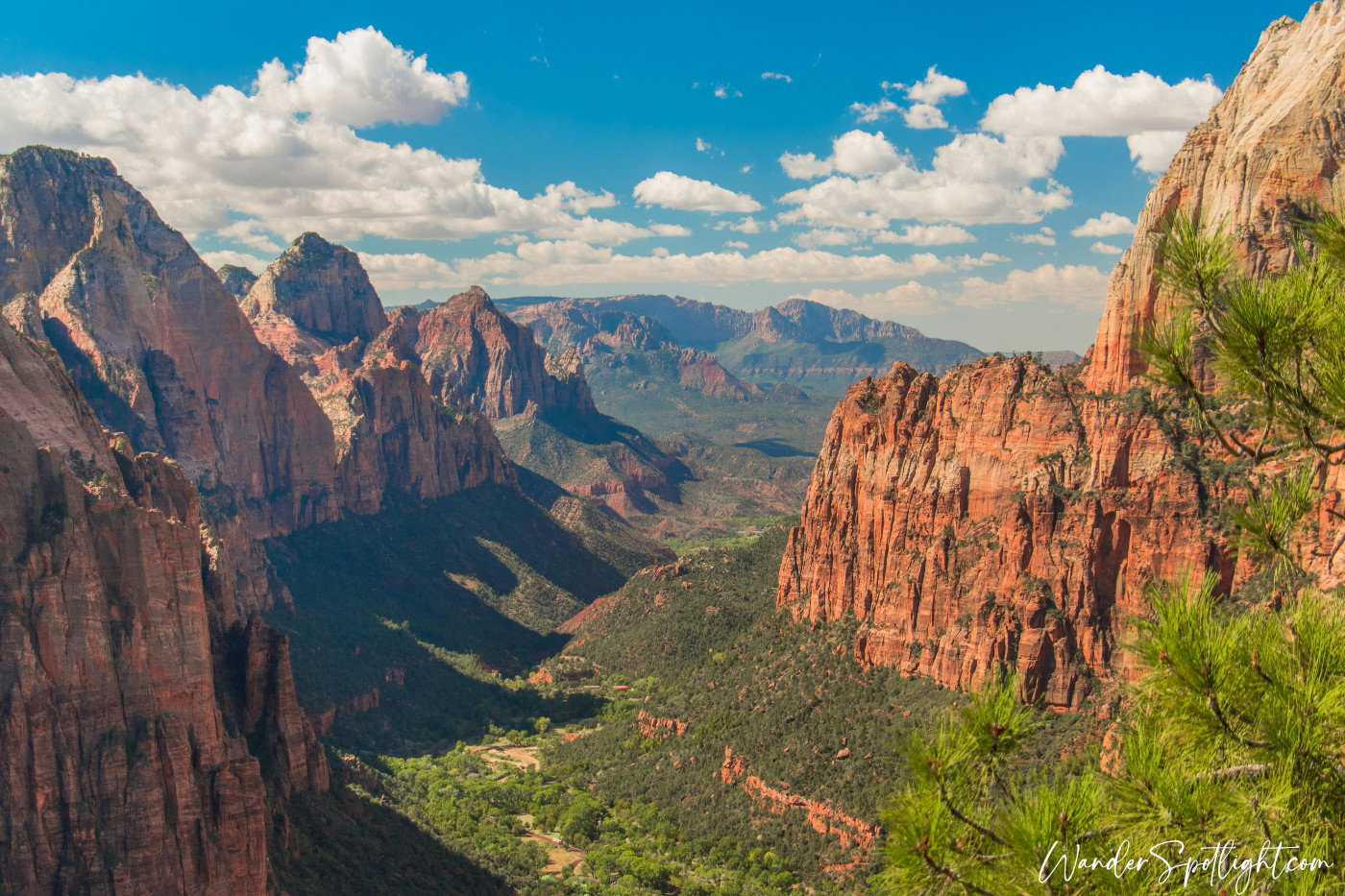Utah’s National Parks have long captivated wanderers, offering endless surprises across rugged red rocks and surreal desert expanses. Steeped in ancient geological wonders and rich cultural legacies, these landscapes stand among the best national parks to visit in Utah. Whether you crave hiking utah national parks at sunrise or pitching a tent at the best campground in Utah, opportunities flourish for every traveler. From the grandeur of salt lake in Utah to hiking the narrows in zion, a mesmerizing utah national parks road trip unveils great places to camp in Utah.
Exploring Utah’s National Parks means discovering the best campsite in Utah, marveling at arches national park campground, and tackling any utah hiking trail national park. Indeed, hiking utah national parks reveals geological secrets etched into cliffs and canyons over millennia. Great places to camp dot these dramatic terrains, inviting immersive nights under blazing stars. From the humbling salt lake to the excitement of hiking the narrows in zion, there is no shortage of wonders on any parks road trip or hiking national parks odyssey.
Table of Contents
Zion National Park – Canyon Majesty

Zion National Park captivates at first sight, with towering sandstone walls that glimmer in shifting sunlight. Standing at the entrance, you sense the living pulse of Utah’s National Parks, a testament to Earth’s raw artistry. It’s here that you’ll experience hiking the narrows in zion—a winding corridor of cool waters cutting between sheer, striated cliffs. Tucked within these canyon walls are great places to camp in Utah, making Zion a paradise if you seek the best campground in Utah for spiritual renewal and unfiltered adventure.
Few places match the grandeur of hiking national parks quite like Zion. In the Narrows, the river becomes your trail, forging an unforgettable bond with nature. Past emerald pools and hidden grottos, discover primal serenity that lingers in the hush of moss-lined rocks. The park’s palette—fiery reds, creamy whites, deep greens—transforms in the shifting light, each hour unveiling a new spectacle. It’s no wonder that Zion stands among the best national parks to visit, an icon of sublime canyon country.
Entry Fees & Practical Info:
A seven-day pass to Zion National Park currently costs USD $35 per vehicle (check the official NPS site for updates). If you plan to camp, advanced booking is highly recommended, especially near the best campsite in Utah for easy access to hiking the narrows in zion. Some areas may require additional permits—always verify local regulations before setting out.
Bryce Canyon National Park – Hoodoos and Horizons

Amid the silent desert skies, Bryce Canyon National Park unveils an amphitheater of crimson hoodoos. These tall spires, sculpted over millennia, evoke a fairytale fortress that stands distinctly among Utah’s National Parks. Whether you catch sunrise at Bryce Point or trek past twisted pines, you’ll feel the hush of time resonating through the canyons. It’s another gem on any utah’s national parks road trip, perfect for travelers seeking the best campsite in Utah close to the park’s vantage points for star-filled nights.
Across Bryce Canyon’s rim, a sea of hoodoos extends to the horizon. Their orange and pink layers shift in brilliance under different angles of sunlight. Climb down into Queens Garden to walk among these towering formations, or opt for the Navajo Loop to glimpse Thor’s Hammer up close. The rarity of these rock pillars cements Bryce among the best national parks to visit in Utah. It’s a place where geological extravagance meets cosmic splendor, a hallmark of hiking utah’s national parks at its dreamiest.
Entry Fees & Practical Info:
A private vehicle pass is around $35 for seven days (confirm at the official NPS website). Bryce Canyon has a selection of maintained campgrounds if you’re searching for great places to camp—summer nights are magical under spectacular star displays. Expect lower temperatures at night, and pack appropriate layers.
Arches National Park – Sandstone Arcs of Wonder
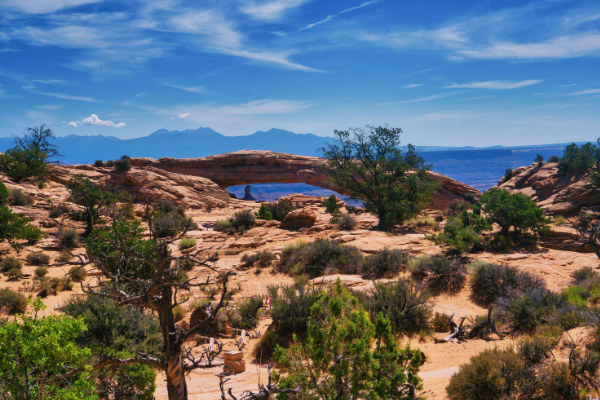
Walking under Delicate Arch at sunset is a dream realized for many who love hiking utah’s national parks. The rich red sandstone frames the sky with an almost impossible curve, embodying the surreal drama of Arches National Park. Known for the highest density of natural arches on the planet, this area enchants those in pursuit of geological marvels. Camping at arches national park campground gives direct access to epic sunrise hikes, ensuring you catch that first rosy glow on the iconic rock formations.
There’s a timelessness here: arches that defy gravity, fins and pinnacles carved by wind and water, contrasting brilliantly against a deep cerulean sky. Step into the Fiery Furnace for a labyrinthine adventure or take in the grandeur of Double Arch, letting the desert hush cradle your senses. Nowhere else can you roam a terrain dotted with over 2,000 natural arches, each shaped by eons. For those chasing the best national parks to visit in Utah, Arches delivers unforgettable desert majesty at every turn.
Entry Fees & Practical Info:
A seven-day vehicle pass is $30 (always verify pricing at the NPS official site). If you’re camping at arches national park campground—one of the great places to camp—reserve early. Timed entry reservations are often required during peak seasons. Check local guidelines for up-to-date requirements before arrival.
Canyonlands National Park – Wild, Unbridled Terrain
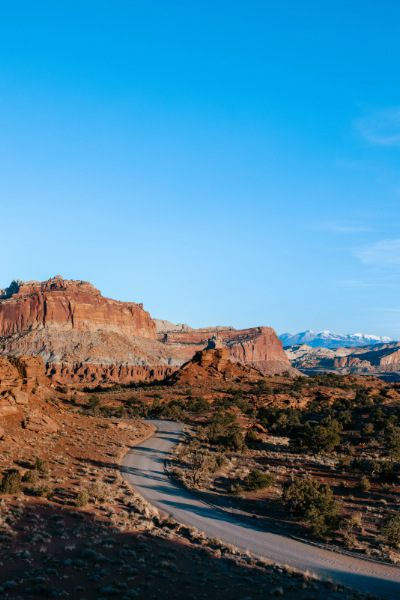
Vast, remote, and untamed, Canyonlands National Park beckons thrill-seekers craving solitude. Here, the Colorado and Green Rivers have carved out layered canyons, capturing eons of Earth’s story in sedimentary ribbons. Island in the Sky, Needles, and the Maze each offer distinct realms of exploration within Utah’s National Parks. For an epic utah national parks road trip, Canyonlands rewards you with sweeping vistas, quiet arches, and labyrinthine backcountry trails. It’s an otherworldly tapestry that begs for slow wanderings and star-filled nights.
Whether standing atop the Island in the Sky mesa to watch the sunrise blaze across desert canyons, or venturing into the lesser-traveled Maze district, Canyonlands is a realm where nature still reigns supreme. Dramatic slot canyons, towering spires, and endless sky highlight the raw magnificence of hiking utah national parks. The park’s layered geology reveals countless chapters of geologic time. It’s a place to witness the Earth’s slow artistry and feel the insignificance of human footprints across the park’s ancient terrain.
Entry Fees & Practical Info:
Entrance fees are generally $30 per vehicle for seven days. As with other Utah’s National Parks, overnight permits may be required for backcountry camping—check the park’s official site for details. Primitive campsites exist, though they’re best suited for the well-prepared. If you’re seeking the best campsite in Utah with more amenities, consider areas near Moab, one of the great places to camp in Utah close to Canyonlands and Arches alike.
Capitol Reef National Park – Hidden Treasures in the Desert
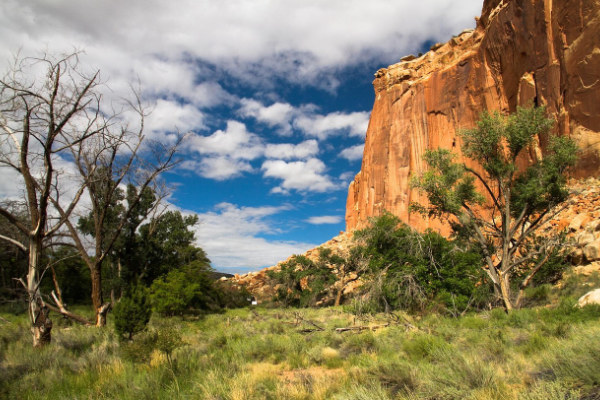
Sometimes overlooked, Capitol Reef holds enchanting canyons, white domes reminiscent of capitol buildings, and remnants of pioneer orchards. Wandering its Fruita district reveals sweet surprises—ancient petroglyphs, orchard blossoms in spring, and pies from the historic Gifford House. It’s a quieter corner of Utah’s National Parks that feels personal and intimate. For those mapping a utah’s national parks road trip, Capitol Reef offers a tranquil stop, letting you soak in desert serenity and wonder without the bustling crowds of more famous neighbors.
The Waterpocket Fold, a massive wrinkle in Earth’s crust, shapes Capitol Reef’s geography into a layered maze of soaring cliffs and twisting canyons. Hike the scenic Capitol Gorge or Cassidy Arch for vantage points that rival any in Utah’s National Parks. Meanwhile, the Fruita orchards, meticulously maintained, offer apples, peaches, pears, and a nostalgic glimpse into pioneer life. This singular blend of geology, history, and living heritage ensures Capitol Reef stands apart, embodying the understated magic of hiking utah’s national parks.
Entry Fees & Practical Info:
There is a $20 per vehicle fee for a seven-day visit (verify on the official park site). Fruita Campground can be popular, so those seeking the best campsite in Utah should plan ahead. For boondocking or free camping, check local BLM land regulations.
Grand Staircase-Escalante – Slot Canyons and Solitude
Grand Staircase-Escalante, an immense swath of rugged backcountry, is famed for remote slot canyons like Peek-A-Boo and Spooky Gulch. Tucked between towering walls, these tight passages offer a heart-pounding demonstration of wind and water’s persistent power. Hiking utah’s national parks fosters a sense of awe, and nowhere is that more acute than in these silent, twisting corridors. For solitude seekers, this is among the best national parks to visit in Utah’s greater region, providing peace rarely found in today’s busy world.
Few landscapes rival the raw expanse of Grand Staircase-Escalante’s desert topography. Wander beyond the main thoroughfares and you’ll find slickrock domes, narrow crevices ablaze with reflected light, and ephemeral waterfalls after summer storms. Ancient petroglyphs hint at cultures once thriving here, while hidden watering holes provide respite for desert creatures. The feeling of stepping into these labyrinths, guided only by your footsteps and the sunlight overhead, is transformative—a hallmark of exploring beyond mainstream routes on a utah national parks road trip.
Entry Fees & Practical Info:
No entrance fee is required for Grand Staircase-Escalante National Monument, but certain slot canyon routes may need permits; consult the BLM official page for up-to-date info. If you plan to camp, note that designated sites are limited. Some primitive roadside spots exist, but you’ll need to be self-sufficient.
Dead Horse Point State Park – Epic Rim Views

A short drive from Moab leads to Dead Horse Point, a vantage showcasing the Colorado River’s horseshoe bend far below. Though not a national park, it’s often included on a utah national parks road trip for its jaw-dropping panorama of sculpted canyons. Standing on the rim, you sense the grand tapestry of time, with layers upon layers telling Earth’s tale. This state park is also near great places to camp in Utah if you’re exploring Canyonlands and Arches in one extended loop.
Sunrise and sunset from Dead Horse Point are legendary. Clouds catch fire in brilliant orange, pink, and crimson while the canyon below sleeps in quiet shadows. Dead Horse Point’s name may sound foreboding, but its haunting beauty offers a serene spirit-lifting experience. The park’s meandering trails skirt the rim, offering endless vantage points for photographers, painters, and dreamers. Here, you can grasp the magnitude of the desert’s ancient heritage—a luminous reminder of why hiking utah’s national parks (and beyond) remains a timeless pursuit.
Entry Fees & Practical Info:
Entry runs about $20 per vehicle . The park’s developed campground can fill quickly, so reserve early if you hope to secure the best campsite in Utah’s scenic corridor.
Goblin Valley State Park – Surreal Sculptures
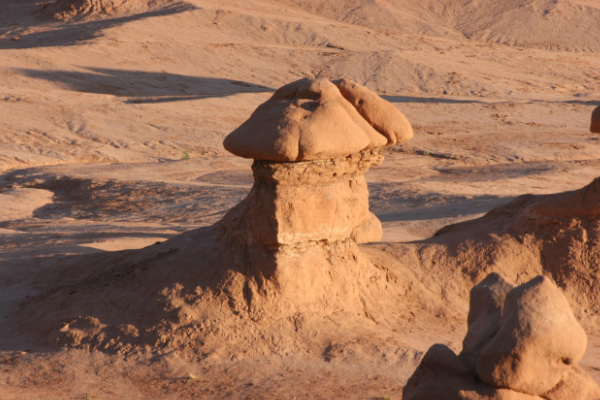
Step onto Goblin Valley’s dusty floor and enter a whimsical land of mushroom-shaped rock hoodoos, often nicknamed “goblins.” This lesser-known gem, while not under the umbrella of Utah’s National Parks, rivals them in imaginative allure. Meandering among these rock formations sparks childlike wonder, an opportunity to scramble freely around these desert “creatures.” Couples, families, and solo adventurers appreciate the compact nature of the valley. Between Bryce and Capitol Reef, it’s a perfect detour on a utah national parks road trip.
The bizarre sandstone figures form a labyrinth of endless nooks and crannies to explore, creating a sense of playful discovery. Soft, rust-hued stone shapes both amusing and eerie silhouettes—a prime spot for creative photography and spontaneous exploration. Unlike many designated trails in hiking utah’s national parks, here you can roam off the beaten path among thousands of goblins, each sculpted by time and weather. This freedom to explore fosters a personal connection to the land, making Goblin Valley wonderfully memorable.
Entry Fees & Practical Info:
Expect a $20 per vehicle day-use fee . The on-site campground is small, so if seeking great places to camp nearby, book early or look for BLM spots in the vicinity. Goblin Valley’s clear night skies make stargazing a must.
Lake Powell – Aquatic Adventures amid Red Rock
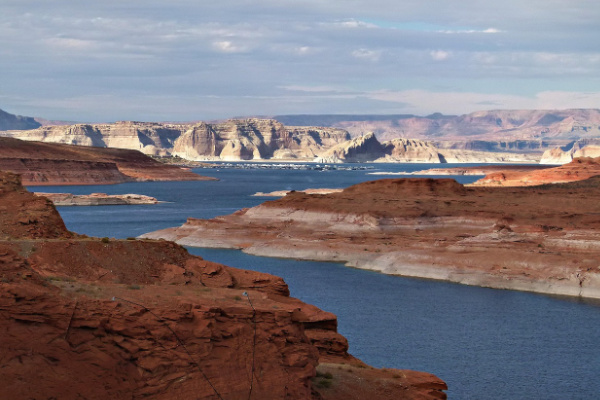
Lake Powell fuses water sports and desert panoramas, a turquoise oasis meandering through stark orange canyons. Formed by the Glen Canyon Dam, it’s a beloved weekend escape for those exploring hiking utah’s national parks yet craving an aquatic respite. Houseboats drift lazily amid winding channels, while kayakers paddle beneath towering canyon walls. You can find the best campsite in Utah around the lake’s marinas or in hidden coves. Lake Powell’s contrasting elements—water and rock—create a one-of-a-kind getaway in the Southwest.
Nowhere else offers the thrill of wakeboarding or jet-skiing against a backdrop of monumental red cliffs, then docking at a secret beach for an evening campfire. Tucked away side canyons like Labyrinth or Face can reveal petroglyphs or unmarked hiking trails. Such watery labyrinths set Lake Powell apart from typical desert destinations. Here, you combine thrilling water-based adventures with easy forays onto the surrounding slickrock. It’s a brilliant hybrid that complements any utah national parks road trip with a refreshing change of pace.
Entry Fees & Practical Info:
Glen Canyon National Recreation Area charges $30 per vehicle for a seven-day pass (confirm at the NPS website). Boating permits and safety checks may be required if bringing your own vessel. Marinas around Wahweap or Bullfrog have amenities—reserve slips well in advance.
Best Times, Safety, Budget, and Travel Tips
Best Time to Visit
Utah’s National Parks are stunning year-round, but spring (March to May) and fall (September to November) deliver mild temperatures ideal for hiking utah national parks. These shoulder seasons spare you the scorching summer highs that can make midday treks challenging, especially in places like salt lake or during hiking the narrows in zion where water levels might be safer outside peak runoff. Winter offers quieter trails but can bring icy conditions and road closures, so plan accordingly if you venture out in colder months.
For a utah national parks road trip, align your arrival at each park to snag campgrounds early in the day. Many travelers find that late fall’s crisp air and smaller crowds provide an excellent window to enjoy the best national parks to visit in Utah without peak-season congestion. Meanwhile, if you love water activities, Lake Powell shines brightest in early summer before the heat intensifies.
Safety and Security Tips
- Hydration and Sun Protection: Much of hiking utah national parks occurs under intense desert sun. Pack ample water—more than you think you’ll need—and use broad-spectrum sunscreen, hats, or buff scarves.
- Flash Flood Awareness: Slot canyons and river narrows can flood rapidly after storms, even if the rain falls far away. Always check weather forecasts and chat with park rangers about risk levels.
- Permit Requirements: Some areas, like the Maze in Canyonlands or even certain canyons in Zion, require permits. Research these details or you could be denied entry or fined.
- Wildlife Respect: Treat local fauna with caution. Do not feed animals or leave food out; rodents and other critters can become a nuisance, and larger species like desert bighorns deserve their space.
- Driving and Navigation: Cell service is spotty in remote regions. Download offline maps or carry a reliable paper map. Keep your gas tank topped off whenever possible.
Budget Recommendations
- Shoestring Adventurers: If you’re on a tight budget, consider free BLM camping areas. These can be the best campground in Utah options if you’re self-sufficient. Bring your own supplies, including extra water and a portable stove.
- Moderate Travelers: National park campsites like arches national park campground or Zion’s main campground offer a balance of cost and convenience. Reservations are wise to secure a spot among the great places to camp in Utah.
- High-End Comfort: For those preferring a bit of pampering, gateway towns like Springdale (near Zion) or Moab (near Arches and Canyonlands) have boutique hotels, upscale lodges, and glamping options with all the modern amenities.
Transportation and Accommodation
- Rental Cars: Most visitors fly into Salt Lake City or Las Vegas to begin a utah national parks road trip. A high-clearance vehicle is helpful if exploring backroads near Canyonlands or Grand Staircase-Escalante.
- Public Transit: Select parks like Zion operate shuttles in peak months, helping reduce congestion. Plan around these shuttle schedules to access popular trailheads like hiking the narrows in zion.
- Booking Campgrounds: The best campsite in Utah can fill up rapidly, especially in summer. Reserve online when possible, or arrive early in the morning at first-come, first-served sites.
- Hotels and Motels: Gateway communities thrive on tourism, so lodging options abound for every budget. However, expect higher rates during prime visiting months.
Conclusion
Winding through canyons, hoodoos, arches, and sweeping desert expanses, you’ll find that Utah’s National Parks and surrounding wonders provide a tapestry of experiences unmatched anywhere else. Whether you camp in the best campsite in Utah, marvel at salt lake’s glistening waters, or savor hiking the narrows in zion under towering sandstone, the journey resonates long after you’ve returned home. Each park reveals a different facet of time and nature’s artistry, ensuring your utah national parks road trip is among life’s most cherished adventures—truly one of the best things to do for any explorer at heart.
From the emotive hush of Bryce at dawn to the exhilarating rapids near Canyonlands, you’ll leave more inspired, more humbled, and eager to return. Majestic Utah’s National Parks epitomize the timeless allure of the American Southwest—where desert sands and canyons converge in a symphony of color, shape, and enduring wonder. Embark on this odyssey and discover why hiking utah national parks is a journey you’ll treasure forever. Safe travels!
For those who crave even more outdoor adventures beyond Utah’s National Parks, explore the 13 Best Camping Destinations in the USA—a must-read guide for nature lovers!
When is the best time to visit Utah’s National Parks?
Spring (March to May) and fall (September to November) often offer the most comfortable weather. During these shoulder seasons, you’ll escape the extreme summer heat and the harsher winter conditions, making hiking in Utah’s National Parks more pleasant and less crowded.
Are permits required for activities like hiking The Narrows in Zion?
Yes, certain activities in Zion, such as hiking The Narrows’ top-down route, require a permit. Always check the park’s official website for up-to-date information on permit regulations, as well as potential trail closures due to weather or other factors.
What are the best accommodation options near Utah’s National Parks?
Options range from developed campgrounds like the Arches National Park Campground to budget-friendly BLM campsites and comfortable hotels in gateway towns like Moab or Springdale. During peak travel seasons, book early to secure a spot at the best campsites in Utah.
How can I avoid large crowds in Utah’s National Parks?
Visit during weekdays in the off-season (late fall or winter) and start hikes early in the morning to beat the rush. Some parks, such as Zion, also offer shuttle services—take advantage of these to access popular trailheads while reducing traffic congestion.
Are the trails suitable for beginner hikers?
Yes, many Utah hikes accommodate beginners, such as the Emerald Pools Trail in Zion or the Sunset Point to Sunrise Point loop in Bryce Canyon. However, always research trail difficulty and stay aware of desert conditions—sufficient water, sun protection, and proper footwear are crucial.

